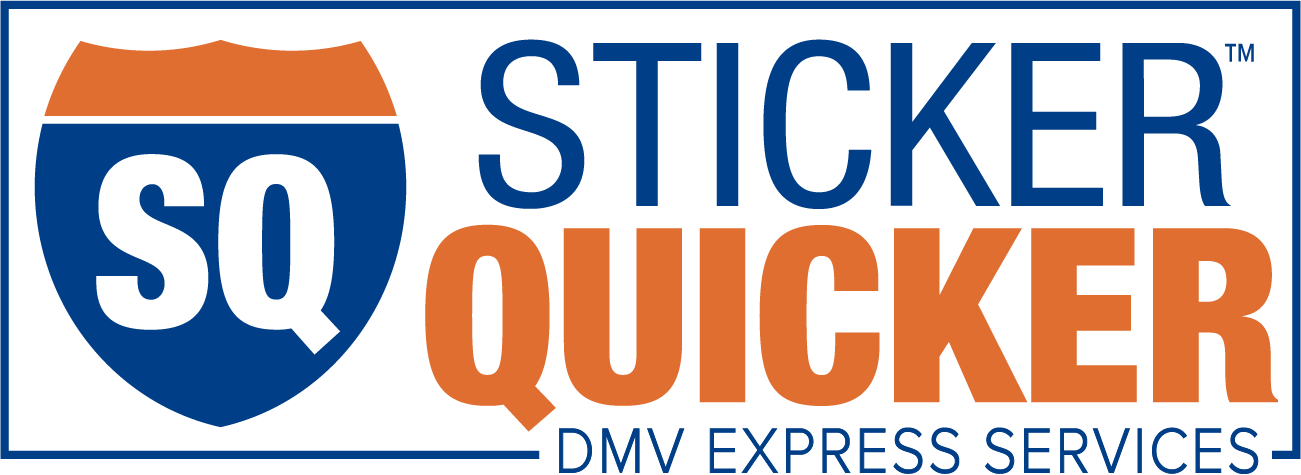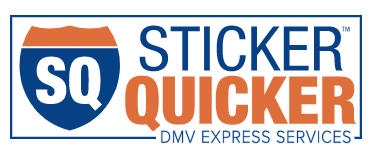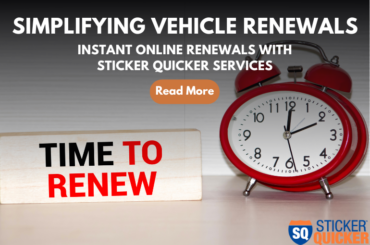It can be tough to let go of the things that mean so much to us. For many people, this is the reality that they are faced with when their precious car is totaled, and their insurance company deems their vehicle as a total loss. Maybe the vehicle has been in their lives forever or was passed down to them. They are then left with the difficult decision to scrap the car for its parts or repair the damage. But before you make this difficult decision, you must first understand the risks, benefits, and steps to be taken.
Continue reading to discover how to get your totaled vehicle back on the road.
What Is a Total Loss?
You got into a bad accident, and your insurance company has deemed your car a total loss. What does a total loss mean? A total loss is used to refer to a vehicle in which the cost to repair the vehicle exceeds its repair value. After a total loss, insurers must determine the current value of the car. When determining the car’s actual cash value, the claim adjuster evaluates the worth of your car considering the model, make, mileage, and condition of your vehicle after the accident. The cash value will be made differently from state to state and insurer to insurer.
After the value is determined, the adjuster will estimate the repair costs of your vehicle; if the repair costs are above a particular percentage relative to the actual cash value, then the car will be considered a total loss. The percentage varies by state, but anywhere between 60-100% of the car’s value is considered a total loss. Total loss vehicles are not assessed the same way that the owner of the car would evaluate it, even if the vehicle is still drivable. Just because your car is still drivable, does it mean that the vehicle is worth repairing? To most insurance companies, it may be better to replace the vehicle than to repair it to a safe or drivable condition.
To Keep or Not to Keep
Now that you know how a vehicle is determined as a total loss, you can now make the difficult decision as to whether you should keep the vehicle or not. First things first, remember that your car should not be driven until it has been repaired. If the damage to the vehicle is only cosmetic and the car is still safe to drive following the accident, you can then consider keeping it as an option. Structural damage to the vehicle may increase the safety risk of operating the vehicle.
Before you can keep the vehicle, you must first convince your insurer that the car is worth salvaging. Once you agree with your insurance provider, your insurer will subtract the deductible, the estimated amount they would have received from the salvage yard, and other costs/fees from your payout. The rest of the money that you receive can be used to fix or repair your car as you please. It is wise to know how much the repairs will cost before trying to salvage the vehicle. Regardless of whether you keep the car or not, the insurer must report the total loss to the DMV, and your vehicle will receive a salvage title. This means that your vehicle is considered not drivable and only useful for parts by the state.
If you are still considering keeping your salvaged vehicle, read below to discover how to revive your title.
Revive Your Salvaged Vehicle
With your vehicle branded as salvaged, your registration and plates will be canceled by the DMV and you will no longer be able to operate the vehicle on the roads of California. You will only be able to operate your vehicle once it has been repaired and certified by the state as acceptable to be driven. If your insurance provider has already declared the vehicle as salvaged, then you can proceed to revive your vehicle by completing the Salvage Certificate Application (REG 488C) and turning in your title. You will also be required to provide your claim number and show proof of purchase that shows how much it cost to purchase the vehicle back from the insurer. Some insurers may require you to present your vehicle title in order to verify that you are the owner of the vehicle or ask for your title in order to order a salvage certificate that will be mailed directly to your address.
Before you can revive your title, you must repair your car. When fixing your car you will need to get a brake and lamp inspection from a California DMV appointed mechanic shop. This means that you will also need to get smog certification whether your car is less than four years old or not, recertification is still required. Once the car is repaired, you can then apply to have your salvage vehicle revived. Your car can be towed to the DMV or you can request a moving permit to allow you to operate the vehicle for just one day to get your inspection. If your car passes inspection, the DMV or California Highway Patrol officer can complete the Vin Verification form (Reg 31) and then you can now proceed to apply for your title or registration (Reg 343).
What You Need to Know
After your salvage title has been revived there is additional information that you need to know.
After inspection, it is still a good idea to have your car checked out by an experienced mechanic. In your inspection by the DMV, your car is not thoroughly inspected to ensure safety for driving. Even if you get your car back on the road, there is a chance that there will be unseen structural damage. This makes your vehicle risky to operate even after repairs.
If you are still considering keeping your vehicle, there are some essential things to remember. If the accident was severe enough to have the car declared as a total loss, then the vehicle may still pose a significant risk for your safety in the future. Hidden damage can increase repair costs beyond the car’s value. The salvaged car may be harder to resell or insure in the future because of the branded title because your title will remain branded. Your salvage title does not erase, it will still be viewable by potential buyers in car history. Also, if you hold full coverage insurance and are in another accident which is a total loss, your insurance will only pay out 50% of the total value of the car since it is a salvaged title.
How We Can Help
At Sticker Quicker we make each step of the process easier and faster. We help you complete both title and salvage certificate applications for you to sign (REG 343 and REG 488C). We review all the documents you provide to avoid holds from the Department of Motor Vehicles. We offer moving permits to allow you to transport your vehicle to get it repaired and inspected without costly towing fees. Our services allow you to post DMV fees and avoid expensive penalty costs that can accrue. Once you have met all DMV requirements, we issue you with a new plate, registration, and stickers the same day. A new title will be shipped from the Sacramento Department of Motor Vehicles HQ and you will receive it within seven business days. Our goal is to make your process easier, quicker and more affordable.
Sometimes the things we love hold sentimental value for us. We want to cherish the items and keep them as long as we can. Losing your vehicle can be extremely devastating for some. It becomes difficult to let go of the things we have worked so hard for. But, are you holding on to these objects at what cost? What’s more important, your safety or your car? Keep this in mind if your vehicle is totaled.
Sources:
https://www.thebalance.com/can-i-keep-my-total-loss-car-527114
https://www.autotrader.com/car-tips/should-you-buy-back-your-totaled-car-226754






